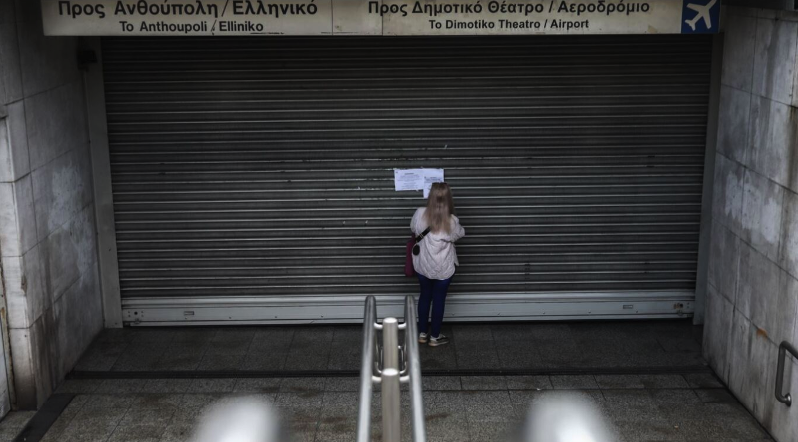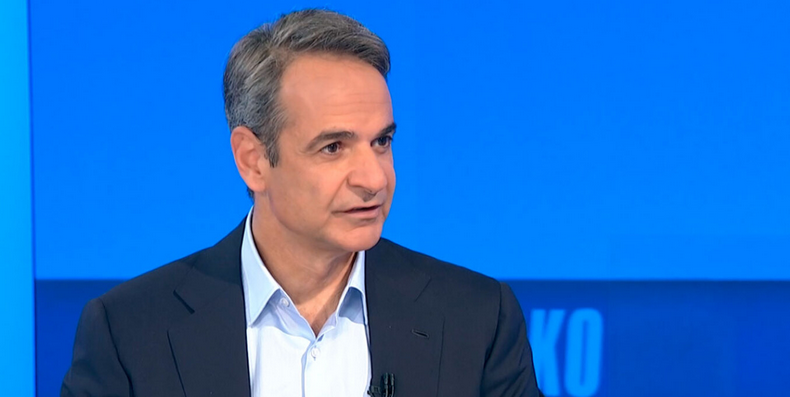With increased controls in the market by groups of agencies of the Ministry of Development, the Regions and the Ministry of Rural Development and under the threat of punitive fines, they attempt to put a brake on any speculative phenomena as the commercial traffic of the Easter holiday season escalates.
The measure, which is being used to deter such phenomena, is expected to work in tandem with the well-known interventions by the Ministry of Development at two other levels to curb inflationary pressures.
One level concerns the possibility of choosing the cheapest option for the consumer in specific categories and with specific products through the ‘Easter basket’ and ‘godfather’s basket’ actions. Both actions, despite occasional criticism, have largely succeeded in keeping product prices at around last year’s levels at a time when food inflation is still rising.
For example, the price of lamb in supermarkets is at the same level as last year, i.e. around 10 euros per kilo, while the prices of brioche, feta cheese and eggs are about the same, and perhaps slightly lower.
The second level concerns greater transparency so that consumers can have a clear picture and the tools to easily carry out market research. In this context, since this week the digital platform ‘e-katanalotis’ has been enhanced and now through it the consumer can make direct comparisons on the same products prices from each supermarket chain eshop.
In fact, the comparison is given the opportunity to be made on a total shopping list in order to find out from which chain can obtain all the products that he wants more cheaply.
Prices are updated daily and businesses are required by law to automatically notify any changes.
Easter table:
Of course, all of the above still seems small in the face of the ‘crush’ felt by households in the face of the general cost of living, which continues to rise, as inflation figures show.
In fact, according to preliminary estimates released yesterday by Eurostat for the month of April, the harmonised consumer price index in our country appears to have risen 1% from last March and 3.2% compared to April 2023. A much slower pace, of course, compared to the price ‘jumps’ of the previous two years.
This is also why this year’s survey by the Institute of Trade and Services of the Hellenic Confederation of Commerce and Entrepreneurship, which is carried out with price surveys in supermarket chains, specialised retail food stores (confectioners, grocery stores, butchers, etc.) and in the Varvakeio market, showed a significant increase in the cost of the Easter table.
In particular, it showed a difference of 16.3% to 19.3% compared to the 2023 survey, as it estimated the total cost of the Easter table for 6-8 people between 89.04 euros and 130.04 euros.
It should be noted that the Institute justifies the wide price range by recording a range of products of different quality, in several local markets and different types of shops.
In any case, the ‘battle’ that seems to be won this year is that over the cost of the lamp. This is because almost all supermarkets have kept the price below 10 euro per kilo, between 9,79 euro and 9,99 euro.
They charge one euro more for the goat. At Varvakeio, prices currently start at just over 10 euros, at the consumer market at the Athens Central Market (Rendis) at 13 euros and at the district butchers at around 15 euros.
It should be noted that in wholesale, based on yesterday’s price bulletin issued by the Central Market Organisation of Greece, the prevailing price was 10,5 euro per kilo.
Many Ukrainian prisoners of war show signs of trauma & sexual violence
This year, the products with the highest prices compared to the past are undoubtedly olive oil and chocolate – cocoa. This is because for months now there has been a surge in their international prices due to the major problems facing crops and the entire production chain because of the climate crisis.
For cocoa-based products, this price surge is mainly seen in confectionery shops. On the supermarket shelves you will see it in chocolate eggs, bunnies and any other seasonal product and not so much in branded chocolates.
This is because the chocolate manufacturers, if they increase the price of a product, on the basis of the latest measures of the Ministry of Agriculture, Food and Consumer Protection, will have to pay a price increase.
Development, they are banned from making any offer for three months to bring the revaluations more … sweet to their customers (a standard practice of all food companies) and therefore fear losing share.




































